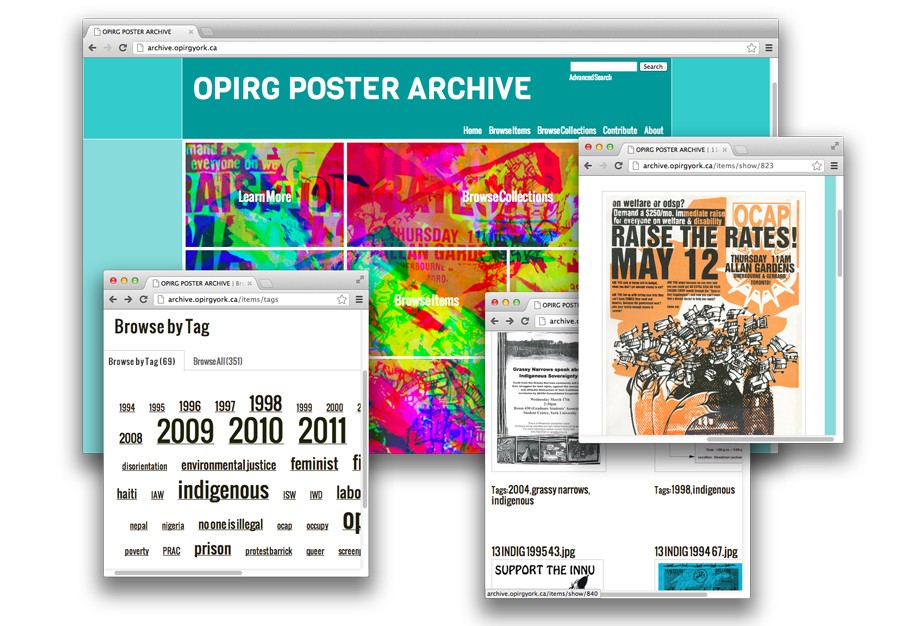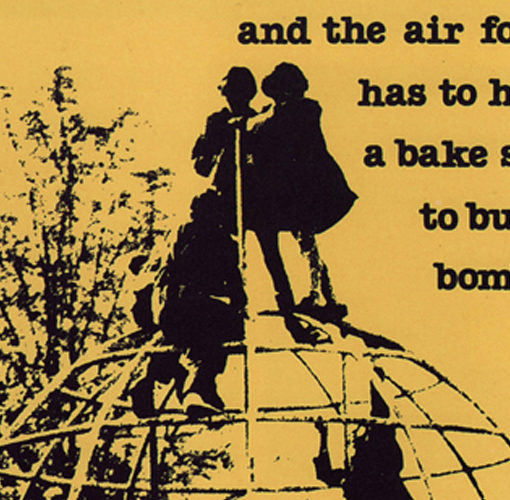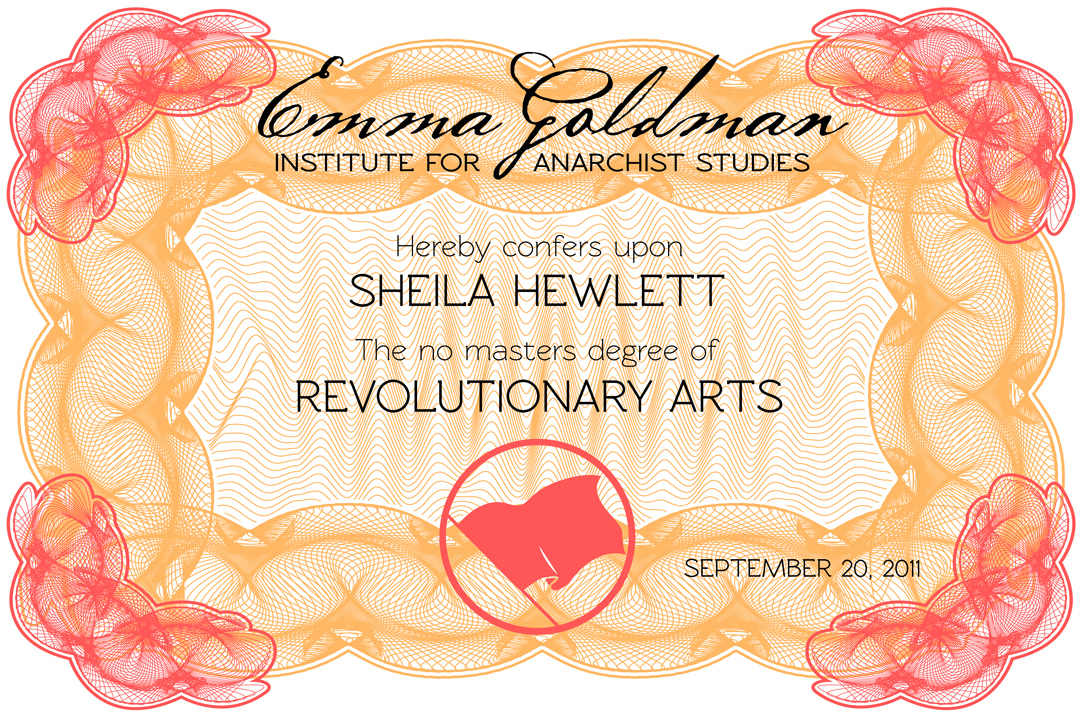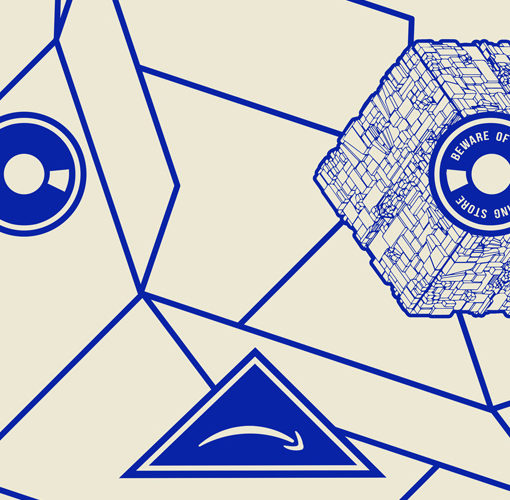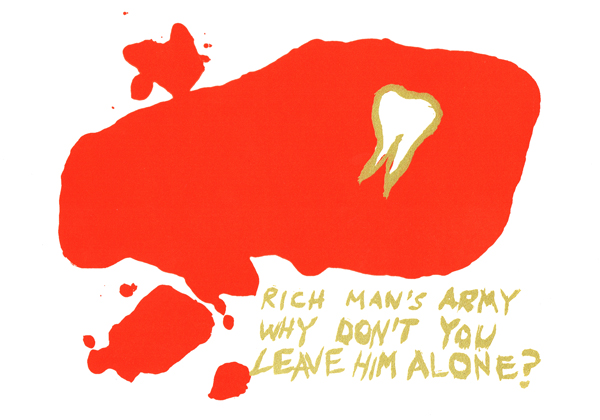OPIRG Poster Archive (archived)
OPIRG Poster Archive (restored)
What is it? What does it do? So what?
I’ve been working on this project since June but I keep coming back to these questions.
When I was doing my first archiving project, an overview of graphics used by No One Is Illegal – Toronto from 2003-2009, I saw it as three things: a design resource, a historical archive, and a tool for analysis.
This collection has a different feel. There’s much more breadth – in terms of the timeline and themes – but also less depth. The collection has more gaps. I’m less familiar with the images. And they are not so atomized into logos and other remixable parts. As a result, analysis has been a slower and more elusive process.
I tried to sketch out some of my ideas here:
- The OPIRG Poster Archive is a collection of 300+ social movement posters from the mid-1980s to present, primarily concerning Toronto, that have been digitally archived by community members using Omeka, an open source web platform
- The archive is a snapshot of two campus-based organizations, OPIRG-York and OPIRG-Toronto, made from posters that trace their role as a hub for a dynamic range of social justice organizing, often intersecting and sometimes contradicting, but bound together by a shared history, including that someone decided they were “worth keeping”
- The archive displays a web of relations, with items tagged by year and theme, offering a set of data to reflect on the nature of social movement organizing, as well as the position of posters in these movements, and what we can learn from documenting them
- The archive is only partial, missing captions and stories that can animate still images, that might reveal emotions, processes, relations of production, formal and informal training, or how to gauge the question of efficacy
- The archive is a political act, an effort to contribute to the recovery of hidden histories, drawing from the phantom archive of social movement culture, and maybe serving as a reference for future projects
Some notes on process:
- Installing Omeka was a hassle at first. It didn’t seem to get along with my website hosting provider. I tried the Omeka-hosted alternative, but decided that I wanted to be able to fully customize the collection. Luckily, Omeka installed smoothly when I tried with OPIRG-York’s hosting provider. Despite my limited technical knowledge, I was able to stumble forward with visual and functional coding tweaks, mostly by googling problems and experimenting through trial-and-error.
- I scanned half of the OPIRG-York posters at home and half at school. I found a sweet ~$2,000 scanner in the map library that scans just over 11×17. My home scanner (~$200) scans just under 11×17, and while not as good as the fancy scanner, the quality was still sufficient. I saved “master files” that were 300dpi in lossless TIFF format and then used Photoshop to mass automate the creation of smaller web-friendly files that I batch-uploaded to Omeka. Daniel repeated the same process with the OPIRG-Toronto posters, and fortunately for us, all of the posters had already been gathered into portfolio books by OPIRG staff.
- For oversized files (larger than 11×17), I tried stitching multiple scans together with Photoshop. The results were mixed. I then followed Lincoln Cushing’s example by making a vacuum board (and acquiring a shopvac) to photograph posters flat, though I decided to opt for a simpler design based on this concept.
- When it came to categorizing the posters, I got stuck. I decided early on that I wanted to go with the snapshot approach rather than a tightly curated collection, but I still wanted to help organize the content to make it more digestible. My sense of what was possible or desirable was heavily shaped by poster collections that I’ve seen in books. Due to the format, they tend to be hierarchical and linear. I was trying to reproduce this by crudely constructing categories and trying to fit images into them (along with devising the viewing order). After a conversation with Craig, I realized that I didn’t need to do this. The advantage of a web-based collection is that it doesn’t need to be hierarchical or linear. I decided to emphasize the tag cloud by making it the main page rather than the full stream of images.
Before signing-off, I want to share a short personal note:
- OPIRG-Toronto was pretty fundamental to my politicization as an undergrad at UofT. It was as an OPIRG work-study student that I first became familiar with many of the social movements agitating on and off campus. The OPIRG office was a microcosm for these struggles; they were represented on the walls with posters, placards, flyers and calendars that seemed to cover every square inch.
It’s been a privilege to work on this project. I’m interested to see how it evolves (maybe with more PIRGs or public contributions being added), and I hope that people find it useful.
